Balenciaga is a luxury fashion house everybody knows today for its bold and innovative moves. But the celeb’s favourite RTW fashion empire was once a true Parisian couture house that pioneered women’s fashion in the mid 20th century. So let’s dive into the history and evolution of Balenciaga and its haute couture roots.
The fashion house began with Cristóbal Balenciaga, born in 1895 the self-taught designer is known for never sketching a single garment with pencil and paper. Going from a seamstress’s son to a designer’s designer, the introverted couturier became a crucial part of the fashion world back in the 20th century and his influence still holds it’s power today.
Though it’s difficult to fact check stories that are over 100 years old, it is said that Balenciaga grew up in a small fishing town in Spain, after his father passed away his mother began working as a seamstress to provide for the family. Balenciaga became infatuated with his mother’s work and at just 12 years old began his own journey into the fashion world as an apprentice in the resort of San Sebastian.
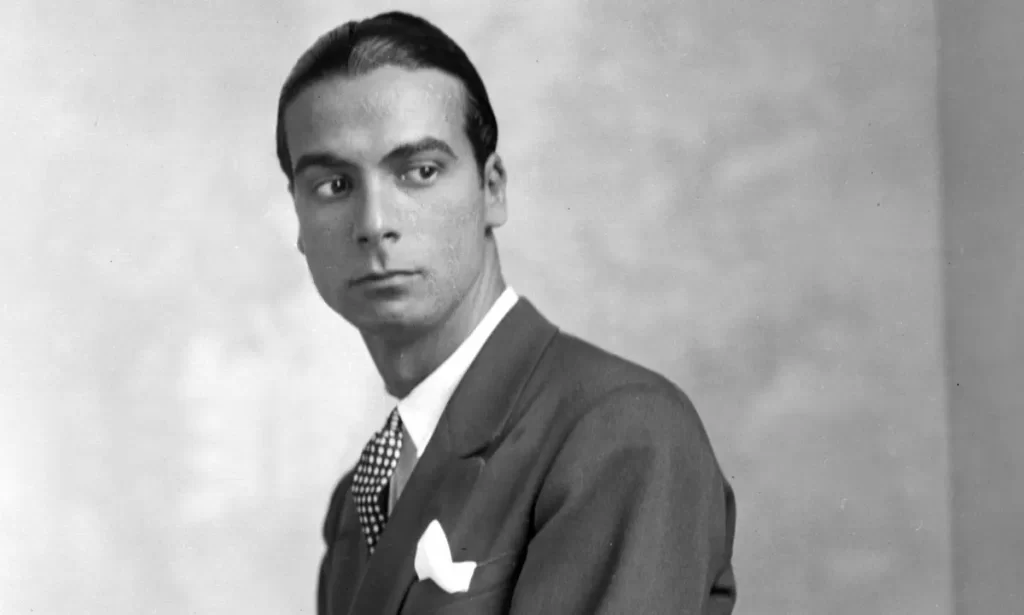
Like most of his contemporaries at that time in history, Cristobel Balenciaga was a self-taught prodigy. There were no fashion schools or education in design or pattern making. It was often that families living in poverty were taught by local churches how to sew by practical experiences.
Balenciaga established his first fashion house in 1917, however, it was not under the distinguished name we know today, but Elisa, a shortened version of his mother’s maiden name. He even opened a second store in Madrid in the 1920s before heading to the fashion capital. In 1937 Balenciaga was forced to move to France due to the Spanish Civil War. In fact his first-ever fashion couture house on Avenue Georges V swiftly became Paris’s most exclusive couturier.
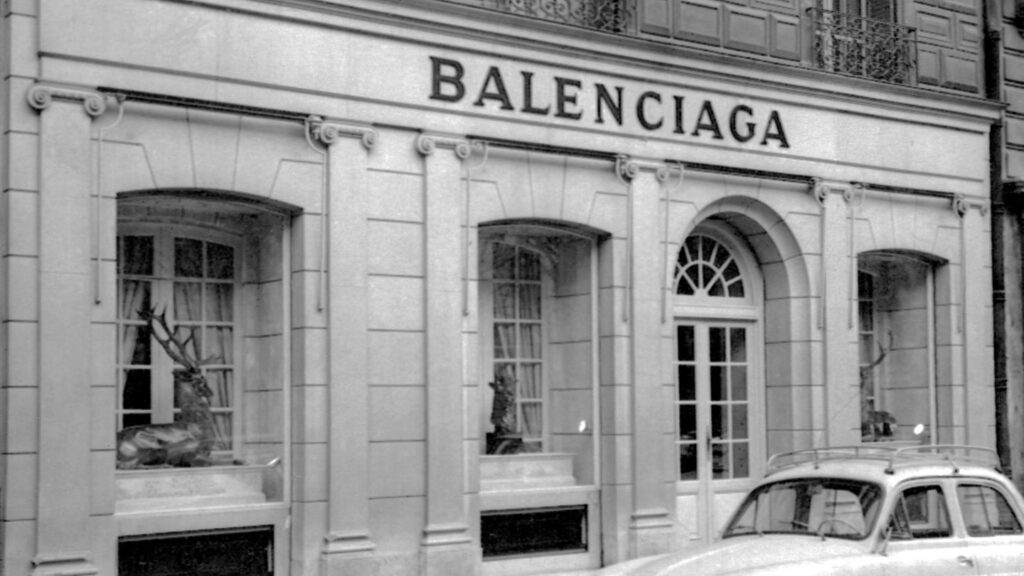
The designers impeccable craftsmanship set him apart at the time from the likes of Chanel and Dior. Beginning at such a young age, his pattern cutting and garment construction skills were at their best. Balenciaga is infamous for starting his design with a fabric rather than designing and sketching and planning. He knew how to manipulate fabrics to their very best potential. His mastery gained him much admiration, but the designer himself kept his circle small. He admired and befriended few, from Christian Dior to Hubert De Givenchy or Carmel Snow to Diane Vreeland. He was quite the introvert known for his hostility against the press or paparazzi.
The early 50s brought Dior and Balenciaga as the leaders of Paris couture. Although the two designers were revolutionising women’s fashion in completely different ways, they began developing trademark fashions of their own. From Dior’s hourglass figure to Balenciaga’s bracelet sleeves, the post-war era was a time of celebration.
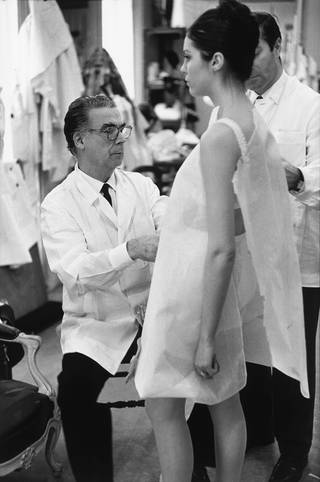
However his loathing of the press did not go away, he in fact became even more private. He was the first couturier to step out of the Chambre Syndicale system in 1956 when he became opposed to American copyists. He began sharing his renowned collections a month later than the official Paris dates to preserve the virtue of his work. The likes of Givenchy and Yves Saint Laurent even followed in his footsteps banning the press from their shows. Which is hard to even imagine now fashion shows have become accessible to every single person through social media.
The 1950s were a pivotal time for Balenciaga, making the fashion house as successful as it still is today. Cristobal Balenciaga pioneered never before seen silhouettes before in women’s fashion. From volume filled balloon hems to the shocking ‘sack dress’. Many of his designs were radical in their time before they filtered into the mainstream popularity and many still remain the it styles of today.
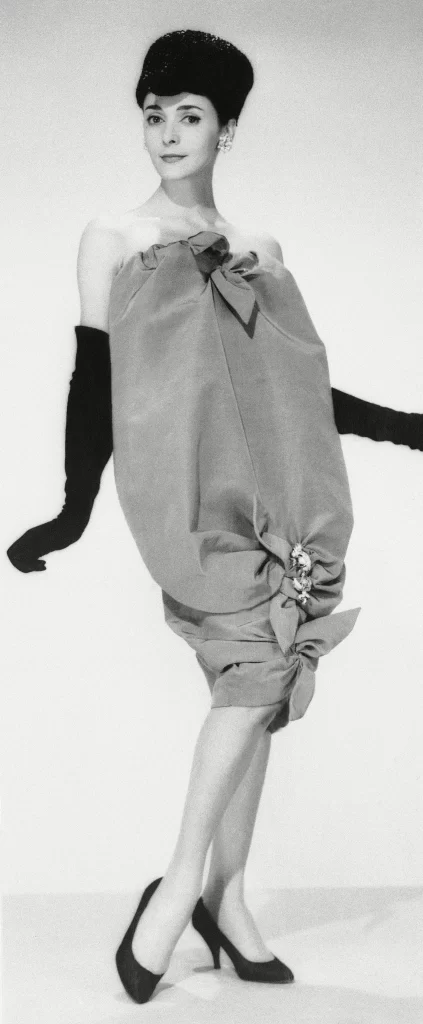

After an incredibly successful several decades, Balenciaga closed his couture fashion house in 1968 and sadly passed away only four years later at 77 years old. The news of the empire closing left his clients in shock, but it’s said his reasoning was that there was no real way to design couture anymore. His gifted talents in pattern cutting and producing ground breaking shapes and silhouettes continue to be influential today.
1986, just under two decades later the Balenciaga fashion house was reborn. Undergoing many Creative Directors including the icon Nicolas Ghesquière, who revived the label in 1997. Ghesquière is known for bringing Balenciaga a new lease of life from his very first s/s 98 show. A lot of his creations are still iconic to this day, 10 years since he left the fashion house, from the Patchwork dress to the Motorcycle Lariat bag.
In 2001 the fashion house was acquired by Kering, who currently own Yves Saint Laurent, Alexander McQueen and Bottega Veneta. In 2015 Demna Gvasalia was announced as the new Creative Director of Balenciaga, and ever since hs become a designer everyone is talking about. He is also heavily credited for helping revive the brand in many ways while retaining the artistic integrity of Cristobal’s cuts and shapes. The fashion house was even named Kering’s fastest-growing brand in 2018 thanks to Demna. For his S/S 23 runway he even shocked the fashion world with his latest collaboration with Adidas, bring sports to the runway.
Demna Gvasalia even relaunched the house’s roots and couture in 2020. Half a century later, Gvasalia’s couture debut took place for A/W 2020 season. This impactful moment showcased the brand returning to its true heritage, as Balenciaga had not produced a couture collection since Cristobal himself. Established a devoted team to couture entirely to replicate the original garments from Balenciaga’s memorable address of Avenue George V.
Today, we can still see the influence of Cristobal Balenciaga in all the house’s designs from RTW to couture. His mastery lives on throughout his renowned fashion house. As Balenciaga is growing and becoming its own era again making bold and courageous moves by Gvalsali. From a Simpsons collaboration to their latest muse Kim Kardashian, the house is thriving as it did in the 50’s.




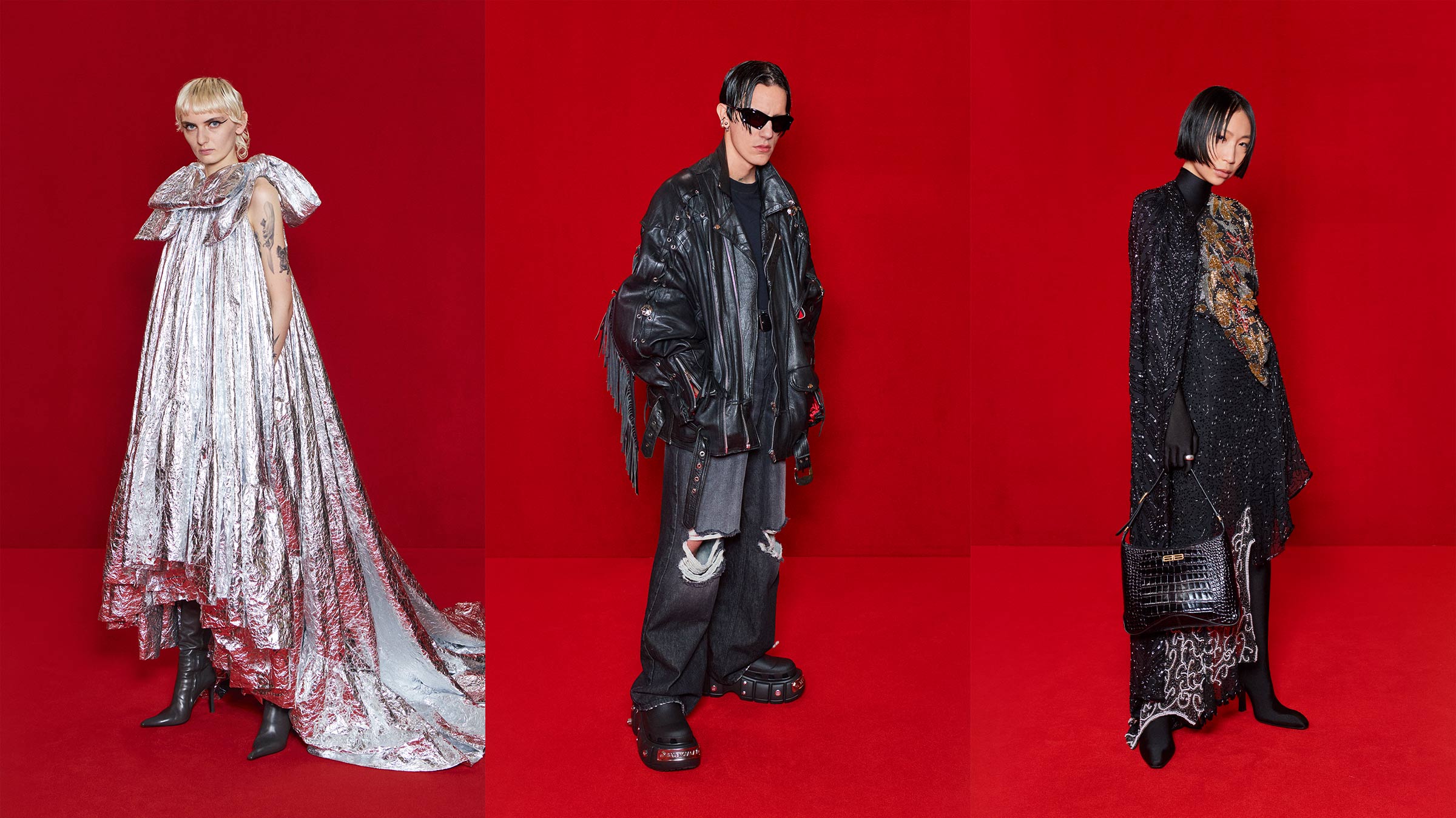
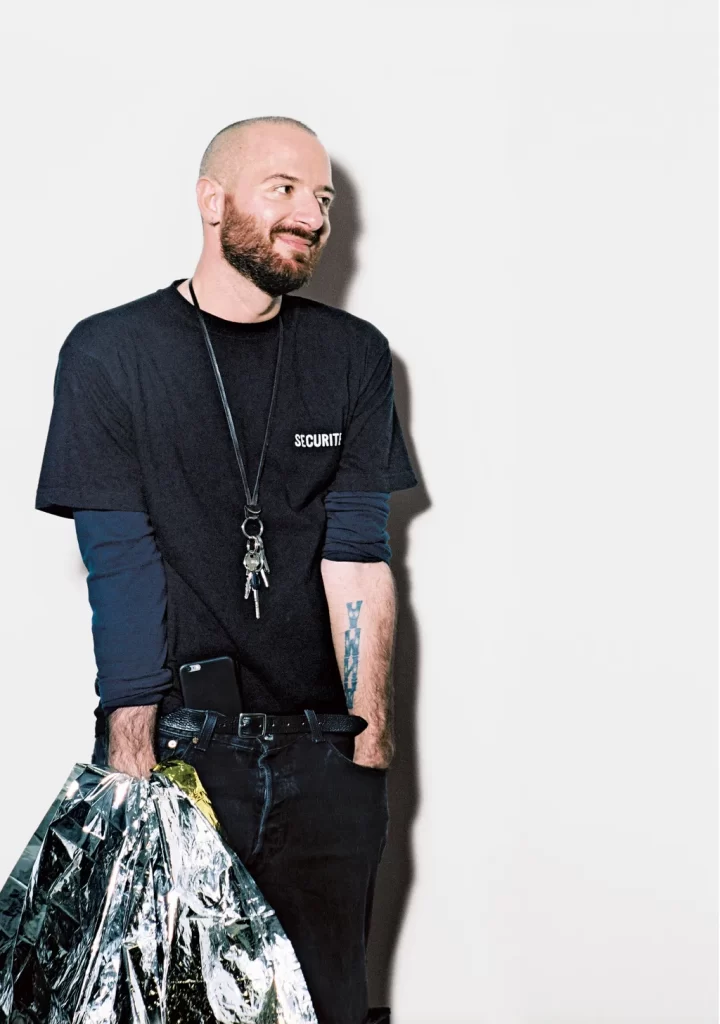
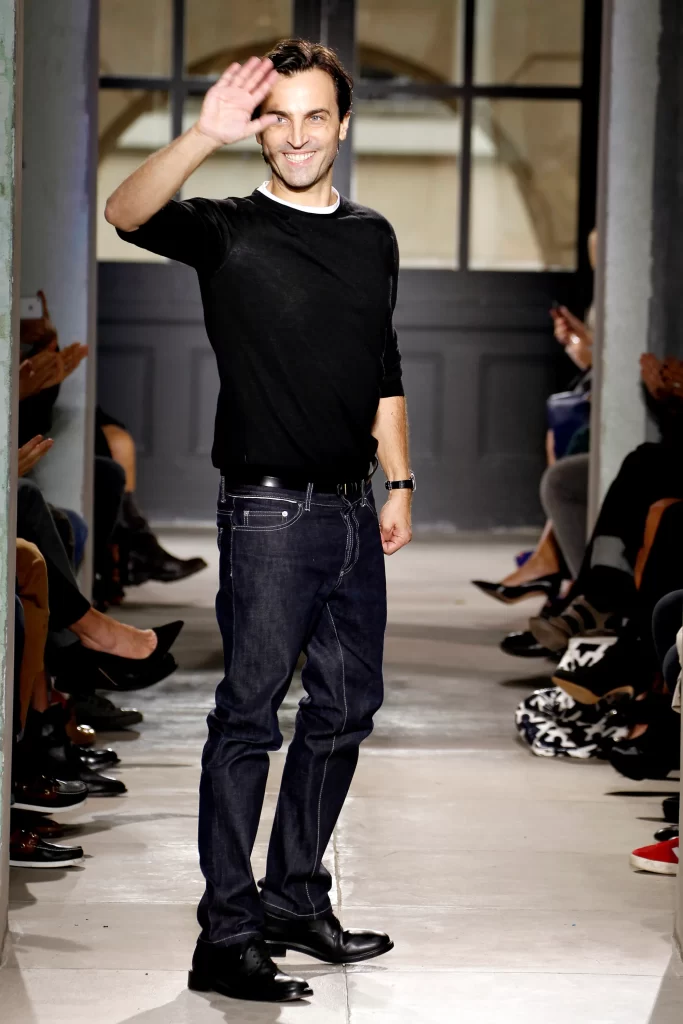

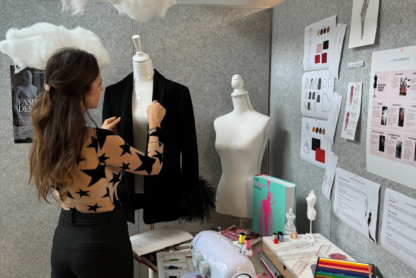
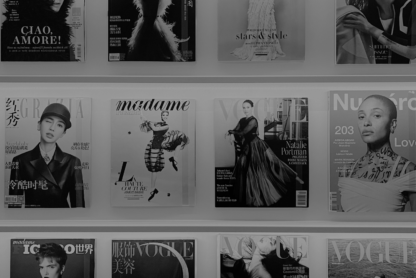
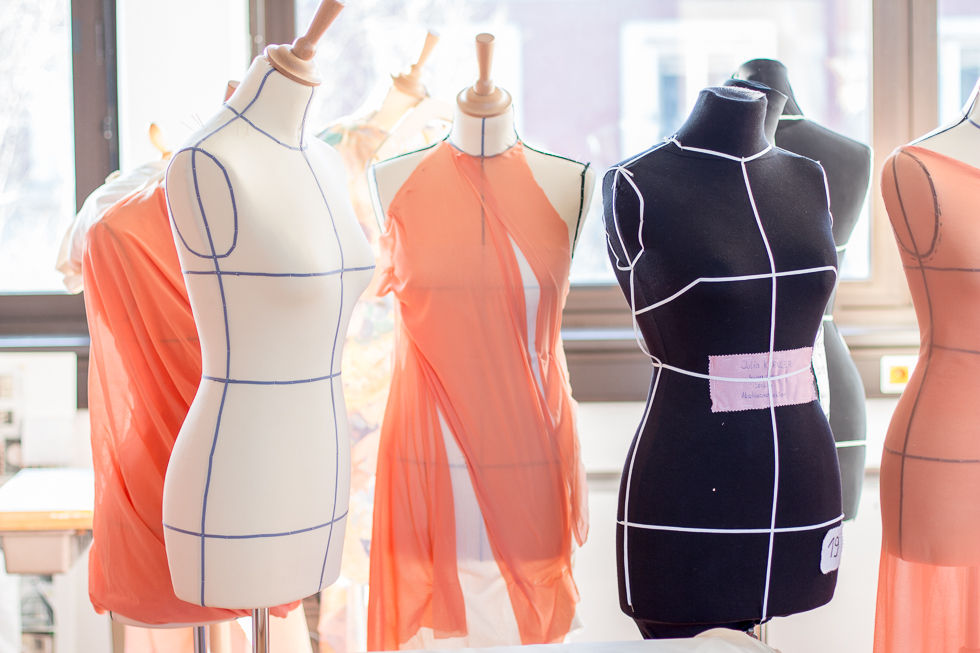
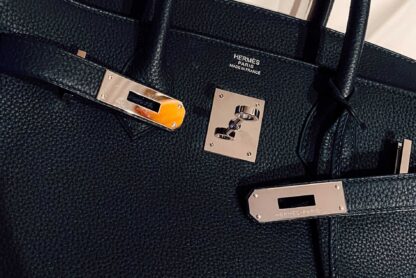
Interesting review and very useful
What a great overview of Balenciaga. I appreciate the brand even more